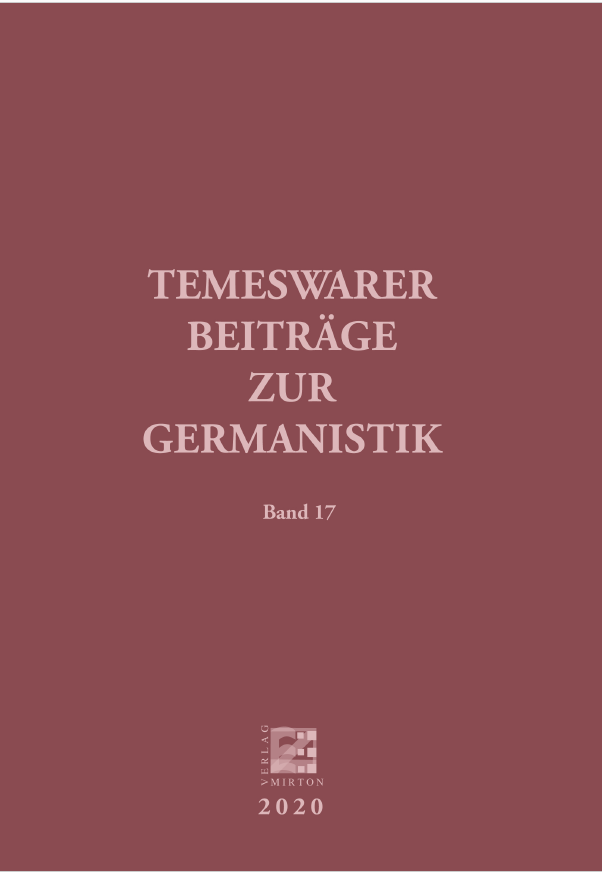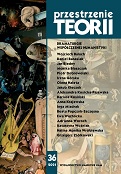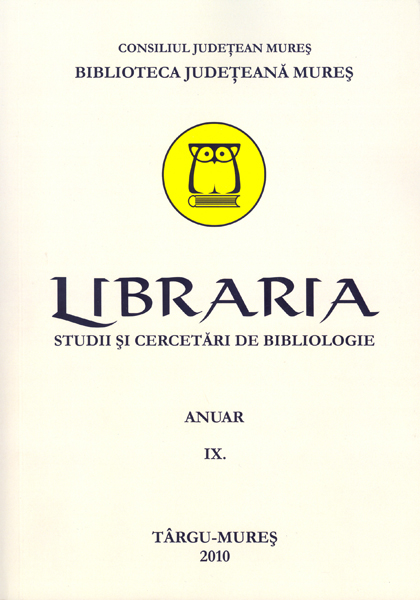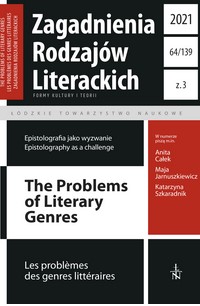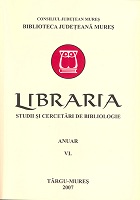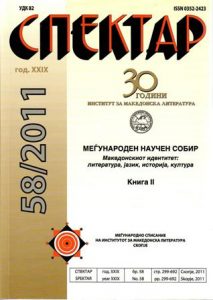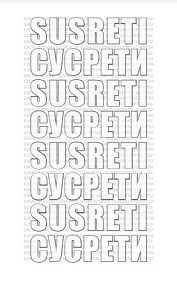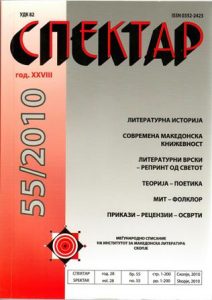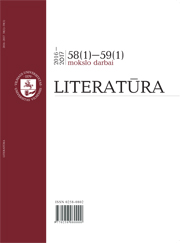
Didaskaliniai epizodai Juozo Erlicko ir Herkaus Kunčiaus dramaturgijoje
The purpose of this article is to analyze Juozas Erlickas and Herkus Kunčius' dramatic texts, written at different periods, on the whole of the interaction and relationship between the didascalic episodes and the verbal action of the characters that are the dialogues. The didascalic episodes represent a particular case of the dramatic writing, peculiar to the two authors. Contrary mental scenic remarks, they deviate from the trajectory traced by the dialogues of the characters and begin to function autonomously as narrative "tables", interposing themselves in the dramatic action or by breaking it. The introduction of the didascalic episodes based on the playful union between theatricality and narrativity in a dramatic work makes it possible to distinguish the essential aspects of the analysis of this interaction: the enunciative aspect highlighting the trace of the author, who takes or the form of the soliloquy, and the narratological aspect in which the attention is concentrated on the textual fabric of the functions of the author and the reader / spectator as well as on that of their relation to the subject of the drama. We come to the conclusion that the appearance of a didascalic episode on the stage (real or imagined) is a mode of action that allows the theater to show its signs, especially those that are not intended to be seen. Transformed into discourse, the didascalic text appears as the dramatic material that breaks the links with fiction based on the principles of realism.
More...
